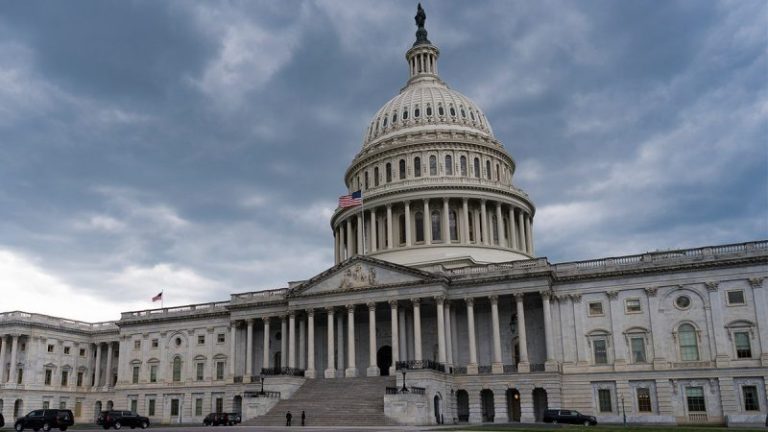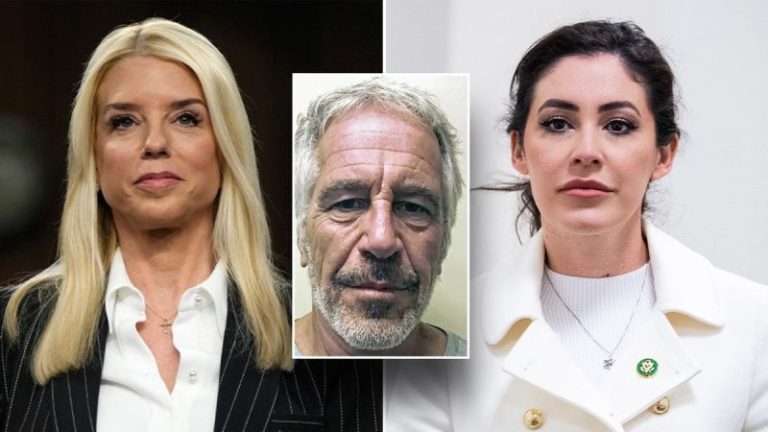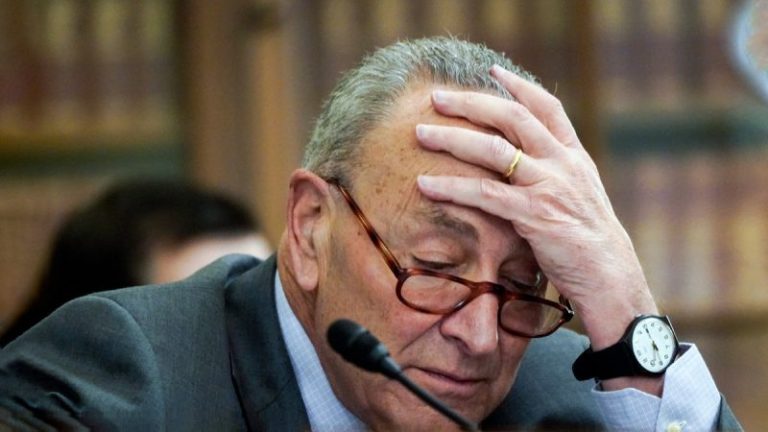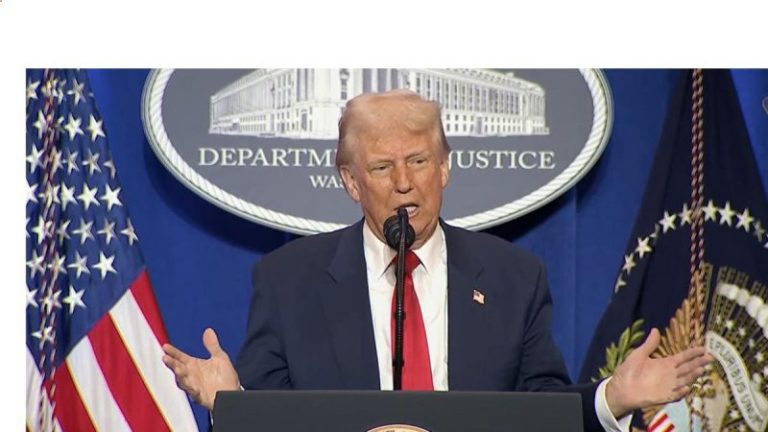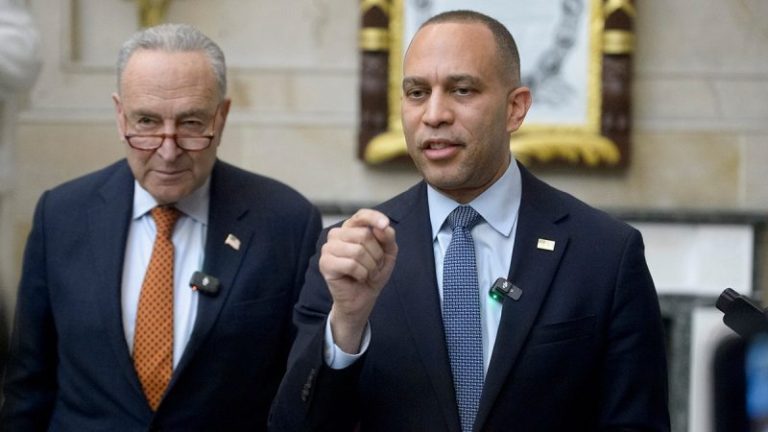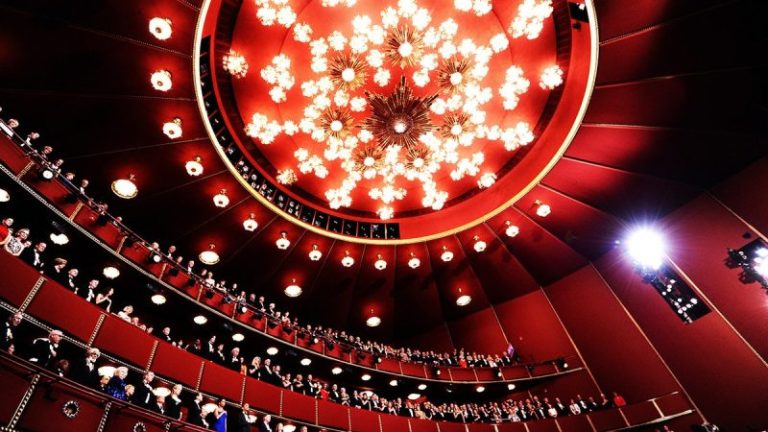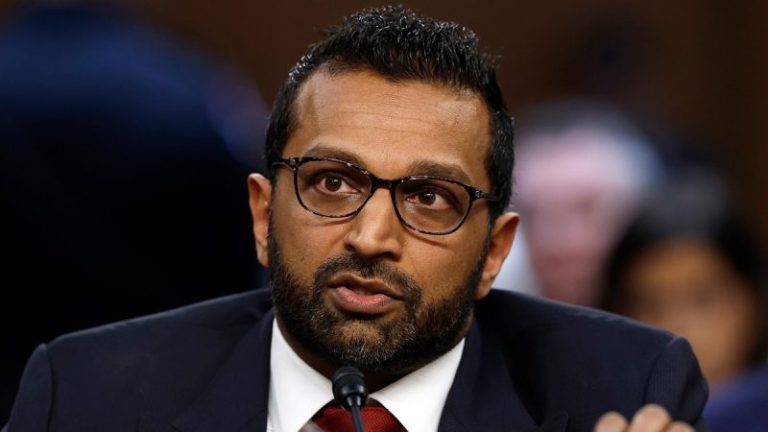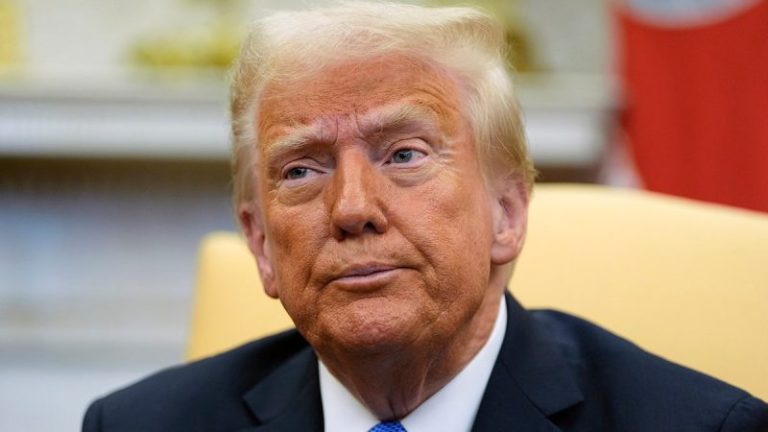Senators voted to advance the House-passed stopgap spending bill on Friday as the deadline for a government shutdown inches closer.
By a margin of 62-38, senators voted to advance the measure. Ten Democrats joined nearly all Republicans to overcome the filibuster. Senate Minority Leader Chuck Schumer, D-N.Y., Senate Minority Whip Dick Durbin, D-Ill., and Sens. Angus King, I-Maine, Brian Schatz, D-Hawaii, Catherine Cortez Masto, D-Nev., John Fetterman, D-Pa., Gary Peters, D-Mich., Maggie Hassan, D-N.H., Kirsten Gillibrand, D-N.Y., and Jeanne Shaheen, D-N.H., voted to move the bill forward, opposing the rest of their caucus colleagues.
The House-passed short-term spending bill, known as a continuing resolution (CR), would keep spending levels the same as fiscal year (FY) 2024 until Oct. 1. However, if a spending bill is not passed by 11:59 p.m. on Friday, the government will enter into a partial shutdown.
Democrats in the Senate were embroiled in passionate disagreement this week over what to do when the measure eventually came for the key procedural vote. In order to reach the 60-vote threshold, Republicans needed some Democratic support, as the GOP majority is only 53 seats and Sen. Rand Paul, R-Ky., planned to vote against it.
Amid tense caucus meetings leading up to the vote, Democrats were tight-lipped, unwilling to reveal details about the discussions. During one meeting on Thursday, a senator yelled so loudly that the press could hear through thick, heavy wooden meeting room doors. The voice was identified by the press as that of Gillibrand, but her office would not confirm.
Several Democratic senators came out against the stopgap bill ahead of the procedural hurdle, sharing that they wouldn’t vote to advance it or vote for its passage.
However, they faced criticism from staunch government shutdown opponent Fetterman, who joked about their ‘spicy’ social media videos about voting no.
‘It wasn’t that long ago before we were lecturing that you can never shut the government down. So, that’s kind of inconsistent,’ he told reporters on Thursday.
‘We can all agree that it’s not a great CR, but that’s where we are, and that’s the choice,’ he emphasized.
Schumer had initially claimed on Wednesday that his caucus was unified, and pushed for an alternative CR that would last only a month. But the Republicans did not budge on the House-passed bill that lasts the rest of the fiscal year.
By Thursday night, Schumer revealed he would vote to advance and pass the stopgap bill, rather than providing President Donald Trump and Elon Musk with the ‘gift’ of a government shutdown.
This was met with significant frustration from Democrats across the country and division about what party leaders should do in such circumstances.
House Democratic leaders released a late-night statement reiterating their opposition to the CR on Thursday, and Speaker Emerita Nancy Pelosi, D-Calif., shared her own on Friday, similarly slamming the bill.
The former speaker called on Democratic senators to ‘listen to the women’ and move forward with ‘a four-week funding extension to keep government open and negotiate a bipartisan agreement.’

